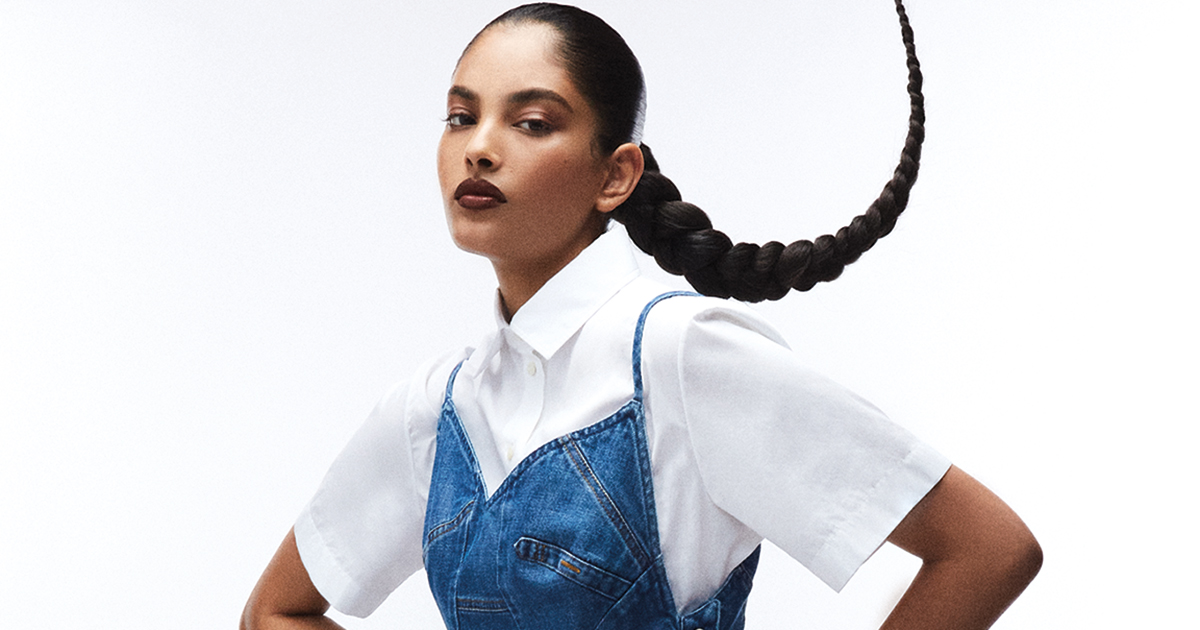The twins run our family farm Quintosapore in Umbria, Italy, where I live. They are “sustainability nerds” as well. Alessandro and Nicola are dedicated to running the farm in full harmony with nature, according to organic, regenerative, and biodynamic principles and blending various agricultural techniques, including agroforestry, EM technology (effective microorganisms, which involves the use of beneficial microorganisms to improve soil and water quality and enhance plant growth), and Biochar (a type of charcoal produced from organic materials and used to improve soil fertility and carbon sequestration). When Alberto told them about using Coreva as fertilizer to grow cotton, Alessandro and Nicola instantly began to scheme and together they came up with an almost sci-fi challenge: “Do you think we could use what we wear to grow what we eat?”
Fast-forward to April 2023, and Alberto, Simon Giuliani (Candiani’s global marketing director and another sustainability nerd), my brothers, and I are on our hands and knees at our farm, planting the denim off-cuts and tomato seeds deep into the soil. All we could talk about was this quest to explore whether fashion and agriculture could be connected outside of the typical linear model. Could we demonstrate that fashion waste doesn’t have to be “waste”? Could we make fashion that doesn’t harm the environment – and could we use it to grow nutritious food?

Coreva denim can be recycled into agricultural fertilizer
Spring became summer. The plants sprouted. The vines yielded gorgeous tomatoes. Ars Chimica Lab tested the soil before we planted, as the tomatoes grew, and then in the fall after we harvested. The results showed that the denim waste decomposed completely, with no variance to the soil health, chemical composition, or microorganisms. In fact, the soil moisture levels increased. The project not only succeeded, it was also a triumph. We made a delicious sauce using the tomatoes, served it over pasta and proudly sat around a table to eat together.
A few days later, I was on a Zoom call with Amber and the rest of the Green Carpet Fashion Awards advisory board, and I told them about the Coreva jeans, the tomatoes, and the meal this little group had enjoyed. In her signature beautifully-open- to-anything style, Amber announced that she wanted to wear, “the first ever dress people could one day eat!” I immediately rang Adam Taubenfligel, co-founder of Triarchy Jeans and the last character in our story, as Triarchy had been using Coreva for a while and I wanted to see if he was game. Without hesitating, he agreed to design a stunning denim tuxedo short dress for Amber. The rest is now history – as Mark Holgate, fashion news director at Condé Nast, says, “Amber Valletta’s Green Carpet Fashion Awards look is a gamechanger for denim – and for all of us.” Whether this will happen or not depends massively on whether the fashion industry has the courage to make the systemic change we know is required. But if a few people can come together to figuratively and literally cook up a vision like this, imagine what could happen if two of the most powerful industries – fashion and agriculture – decided to come together and truly collaborate. As my brother Alessandro says, “If we create products using natural fibers and return those natural fibers to the soil at the end of their lifecycle – and if we incentivize farmers to use more regenerative techniques – we could solve some of the biggest issues we face in the fashion and farming industries.”

Tomatoes grown using Coreva fertilizer
To the leaders of these industries: the choice is now yours. This tomato sauce pasta could stay something that was only enjoyed by a few people around a table – or it could be something that will be served in kitchens and restaurants around the world. In the meantime, Alessandro, Nicola, and Alberto are planning this year’s summer allotment – and I can’t wait to see what we will cook up next.
Originally published in the April 2024 issue of Vogue Arabia

